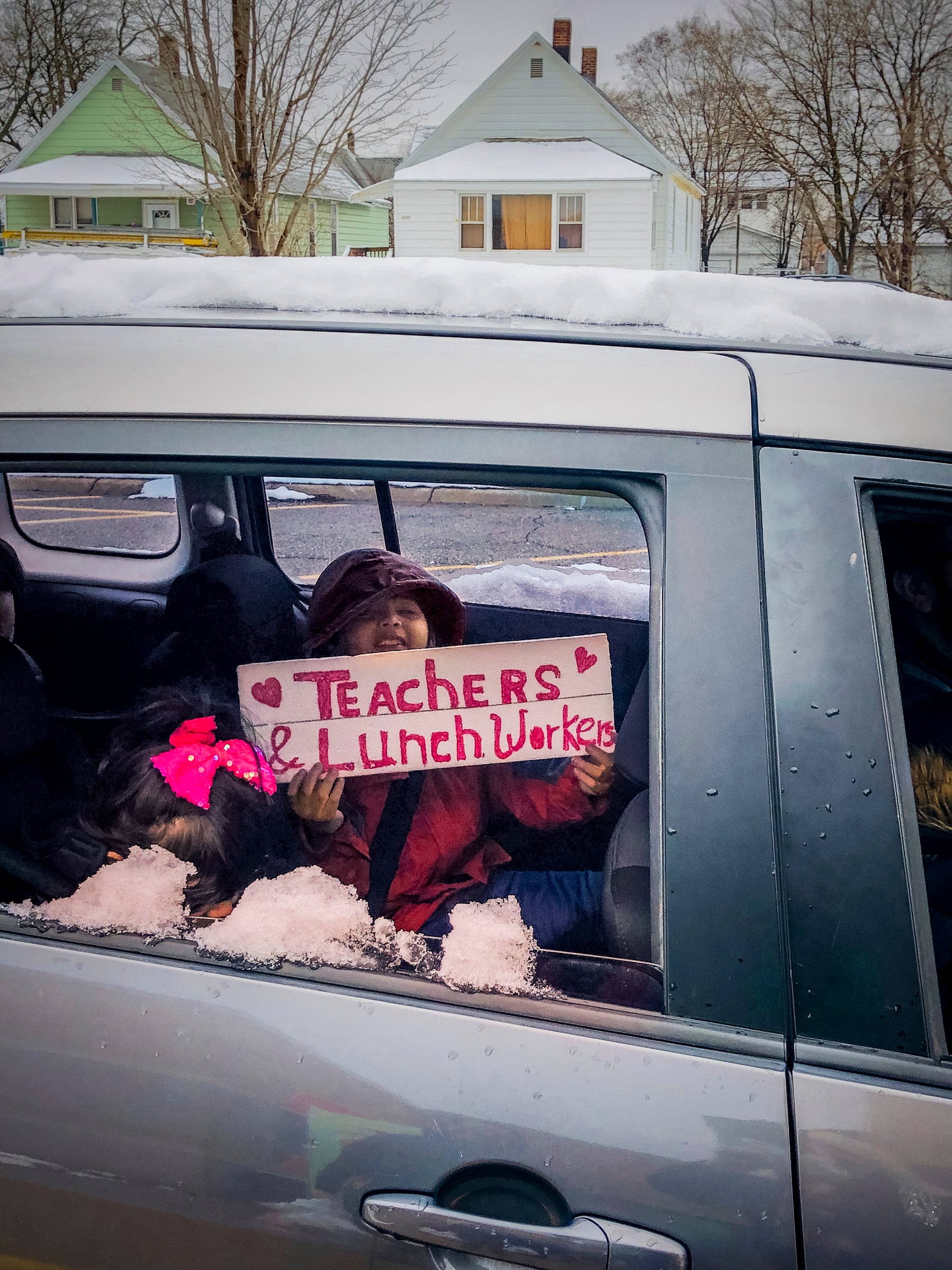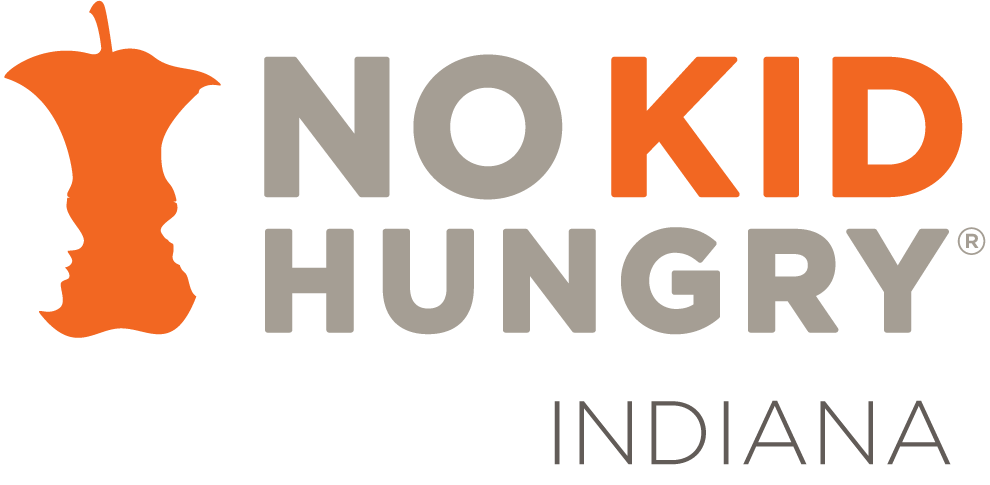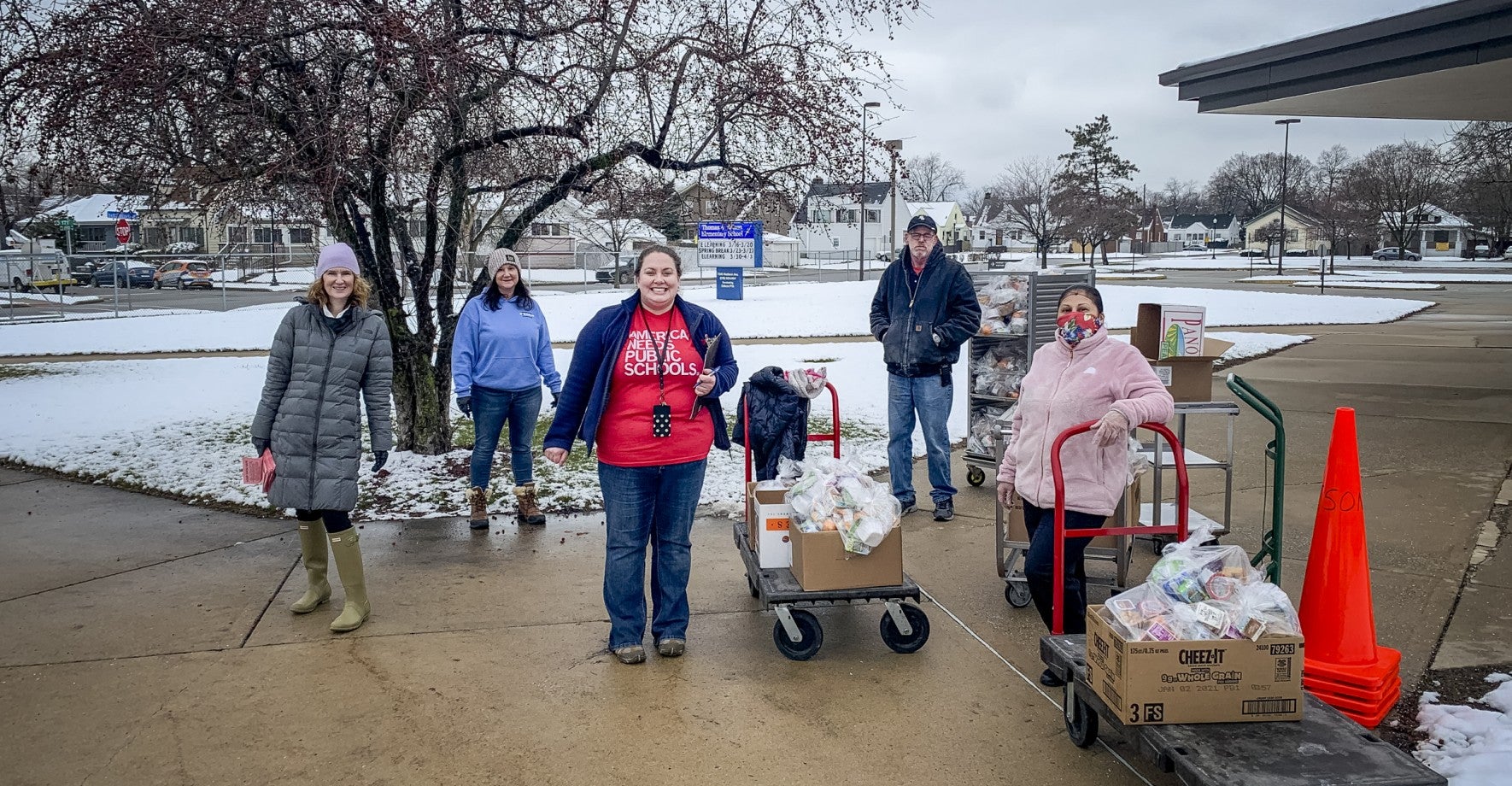Christine Clarahan and her cafeteria team had just over a day to prepare for feeding students when the coronavirus closed the School City of Hammond, Indiana.
And then the snow and rain came.
“That first week I thought, if I don’t get COVID, I’m going to get the flu,” she said.
Drenched without weatherproof gear, she and her staff handed out kids’ breakfasts and lunches to car lines so long they congested the city’s major avenues. Police had to manage traffic.
And then they ran out of food.

“It has been a very steep learning curve, but that’s because the need is so strong in this community,” she explained. “It feels like we’ve been doing this forever now, but this is only the beginning of week three.”
The district’s director of food service, Clarahan has been adapting to the ever-changing situation in order to feed the kids of her low-income community.
She went from a cafeteria staff of nearly 160 to just 39. They can use only six of the district’s 19 schools as feeding sites, but they’ve been serving breakfasts and lunches three times a week to as many as 2,400 kids in a day.
They’ve fed kids in need more than 60,000 meals since schools closed.
And then a school bus monitor passed away from COVID-19.
“I am definitely doing everything I can to be brave,” she said. “It’s very real here. We’re just trying anything we can do to help feed these kids.”
Part of being brave has been donning a milk carton costume to cheer up the children – and her staff – as they arrive in the car line.
“We’re trying to make it fun, because this is very scary for the kids. We have received so much overwhelming love,” she said. “They’re happy because they’re seeing their lunch ladies. It’s a little familiarity for them.”
But Clarahan doesn’t have to be brave on her own.
With the help of donors, we sent Clarahan an emergency grant to get the resources and equipment she needs to feed her students. She’s purchased meal carts and temperature-controlled pans that allow her staff to safely serve meals over hours at a time.
“I can’t tell you how crucial the No Kid Hungry funding is,” she shared. “It’s been a lifeline for us. It’s making what we’re doing right now possible.”
Families’ paychecks are running out and disappearing altogether because of the pandemic, and more are hearing about the meals Clarahan is providing. She’s even going to start feeding students from a local religious school that’s run out of resources.
The need will only rise, but the No Kid Hungry funds are giving her some calm, if not some tears.

“I don’t think I even have the words to say how grateful I am, because I’ll just start crying,” she said. “I’m grateful that we’re able to do this. We will feed any kid. We will feed you.”
Despite the situation and all the setbacks, Clarahan will continue to get up every day to give the children of her district the nutrition they need to thrive. And she’ll do it with the confidence of the last item she purchased with No Kid Hungry support: rain ponchos.
“It is worth it when you see the kids’ smiles, or the relief on the parents’ faces. Their kids are fed this week. They’re good,” she shared. “If it wasn’t for that, I think it would be really hard to keep going.”
Still, on behalf of hers and other programs feeding kids during this crisis, she has a message for anyone who will listen: “Please help us,” she said. “People would go hungry without this.”
Help us support heroes like Clarahan feeding kids in communities coast to coast during this crisis and in the recovery to follow.
Learn more about No Kid Hungry’s coronavirus response, and please donate now.



